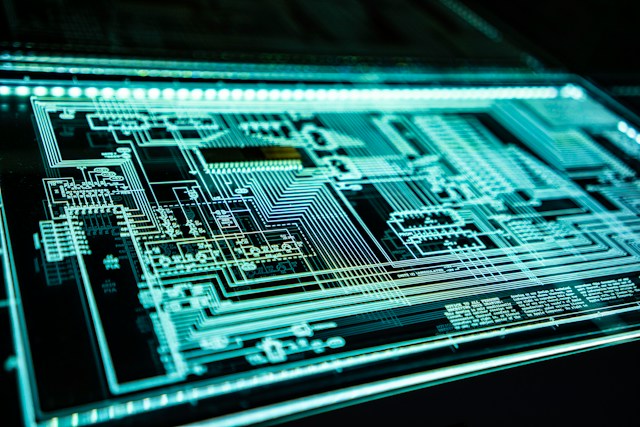Are setting the trends for the future. Technological developments in recent years have brought significant changes not only in exhibition methods but also in visitor experiences. Virtual reality (VR) and augmented reality (AR) technologies allow exhibitors to take visitor interaction to new levels. VR allows visitors to be fully immersed in an alternative, digitally created environment, while AR allows them to enrich reality with digital elements, enhancing the interactivity of exhibits or displays.
Interactive Displays and Touch Screen Technology
Interactive displays and touch screen technologies, also used by Legjobbkaszino.hu, allow visitors to interact directly with the exhibited content. This technology not only makes the visitor experience more personal, but also gives exhibitors the opportunity to provide more detailed information to visitors.
Digital Installations and Interactive Art
Digital installations and interactive art open up a new dimension in the world of exhibitions. These artistic creations often respond to visitors’ movements or activities, creating a unique and personalised experience.Digital platforms, such as social media, allow visitors to interact with exhibitions even when they are not physically present. The integration of social media into exhibitions creates new opportunities for networking and social interaction.
AI and Automated Guidance Systems
Artificial intelligence (AI) and automated guidance systems are revolutionizing the exhibition experience. AI can suggest personalized itineraries and provide interactive guided tours that adapt to visitors’ interests. Sustainability is an increasingly important issue for the exhibition industry. Green technologies such as energy efficient lighting and eco-friendly materials help reduce the ecological footprint of exhibitions while maintaining a high level of visual appeal and interactivity.
Data Analysis and Visitor Behaviour
Data analysis allows exhibitors to better understand visitor behaviour and preferences. This information helps exhibitors optimise content and layout to meet visitors’ needs.Hybrid exhibitions, which combine physical and digital elements, are becoming increasingly popular. This approach allows visitors to participate in exhibitions both on-site and online, expanding audience reach.
Customizable Content and Experiences
Customizable content and experiences are becoming increasingly important in exhibition design. Content and programmes tailored to visitors’ specific interests enhance the personal nature of the visit. Technology forecasts predict that future exhibitions will further integrate digital and physical elements, further enhancing the visitor experience and interactivity. AI, VR, AR and other digital technologies will continue to play a key role in the evolution of the exhibition industry. Digital innovations are constantly shaping and shaping exhibition experiences, ensuring that they are always in line with the latest technology trends and visitor needs. Holographic displays and installations open up new possibilities for exhibitions, allowing visitors to perceive objects and displays in 3D. This not only enhances the visual experience, but also provides a deeper, interactive experience.
Mobile Apps and Augmented Reality
Mobile apps and augmented reality (AR), such as online casino 2024 applications, will further deepen the interactivity of exhibitions. Visitors can use their smartphones to interact with exhibits, get information about them or even take virtual guided tours. Digital narrative and storytelling is one of the most important tools for exhibitions to create an emotional connection with visitors. The use of multimedia, such as that used in ‘online casino 2024’, allows exhibitors to tell rich, multi-layered stories that engage and captivate audiences.
Interactive Learning Experiences
Interactive learning experiences are becoming increasingly important, especially for educational and cultural exhibitions. With the help of digital technology, visitors become active participants in the learning process, enhancing their ability to grasp and understand information. Personalised visitor journeys allow exhibitors to tailor the exhibition experience to different interest groups. AI and data analytics can help exhibitions better adapt to visitors’ unique preferences.
Multimedia and Interactive Content
With multimedia and interactive content, exhibitors can deliver a dynamic and diverse experience. Videos, audio, interactive games and other digital tools make exhibitions more engaging and memorable. Virtual exhibitions and online accessibility allow exhibitions to reach a global audience. Visitors can access exhibition content from anywhere in the world, increasing the reach and impact of exhibitions.
Technological Security and Privacy
Technological security and privacy are paramount to digital exhibition experiences. Exhibitors need to ensure the privacy of visitors and the security of online platforms.Digital exhibition technologies are constantly evolving, so exhibitors need to keep up with new trends and innovations. This continuous evolution ensures that exhibitions always use the latest technologies and solutions.
In summary, digital innovations and creative solutions are revolutionising the exhibition industry, so future exhibition trends and technologies are constantly changing. By using technology, exhibitions will become more interactive, personalised and accessible to a global audience.

